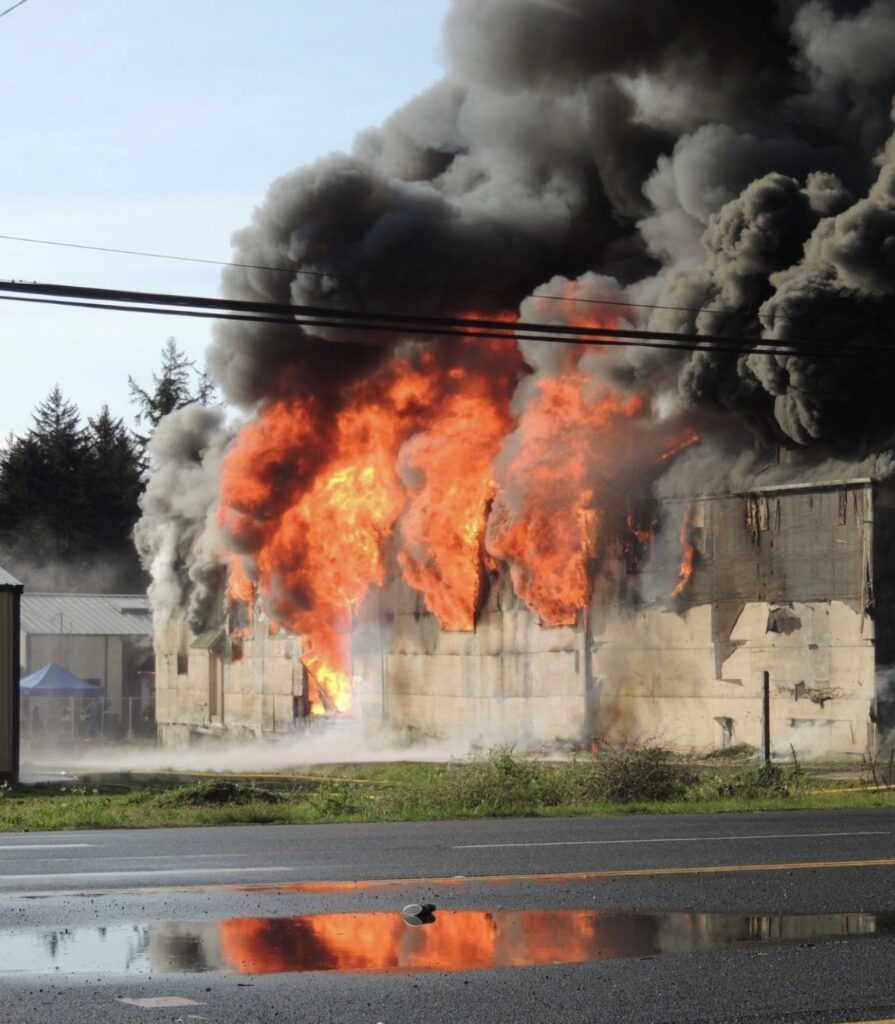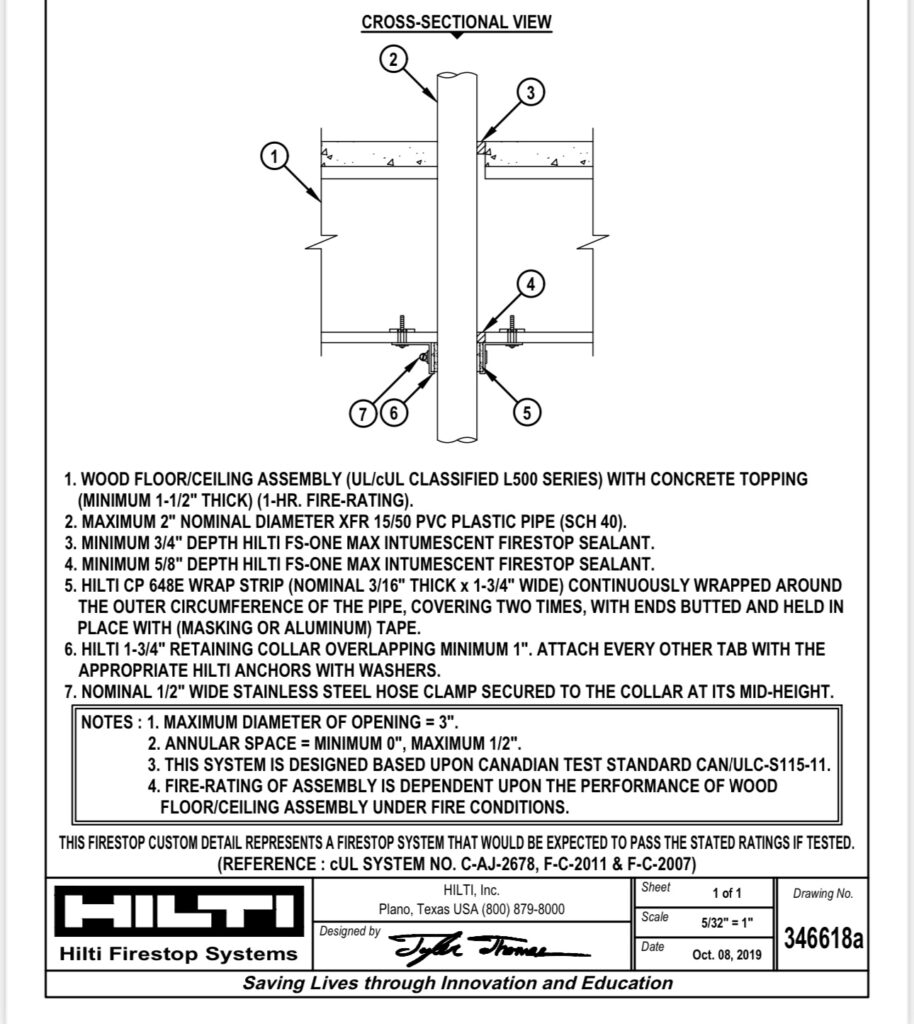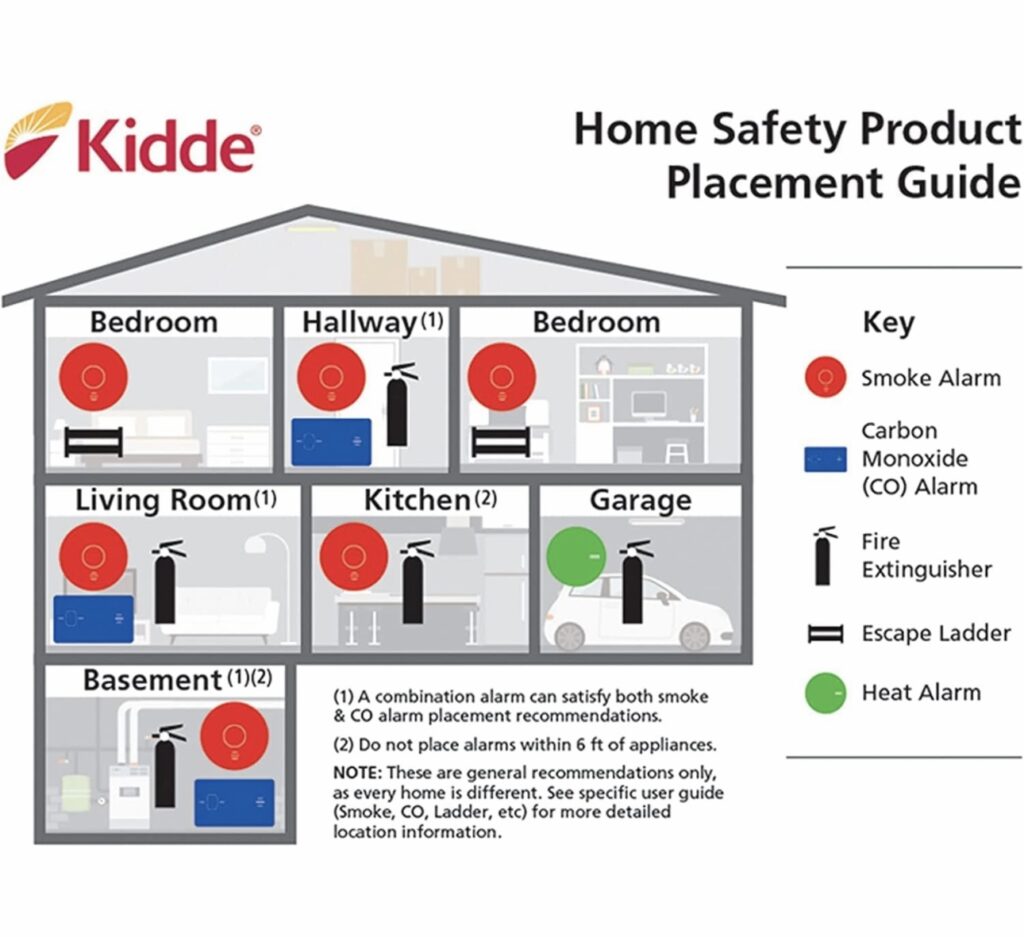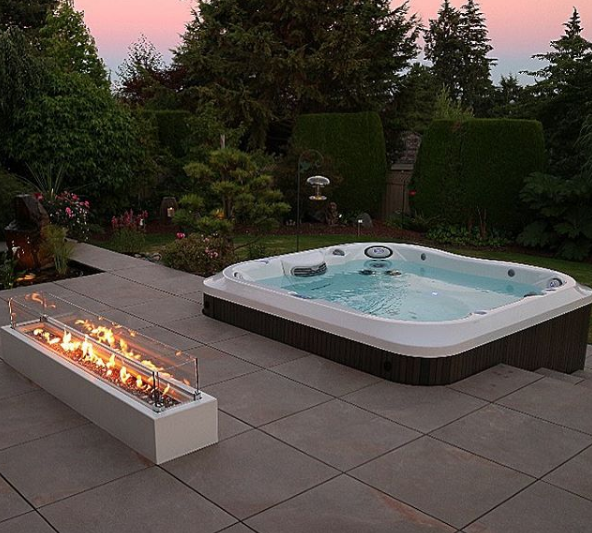If you are a homeowner in Southern California, you’re no doubt aware that your fire insurance premiums have risen exponentially in recent years. Large insurance companies have been leaving the state, leaving homeowners and HOA’s scrambling to find alternate insurers, often having to group various smaller carriers together to provide insurance for their properties. All this results in higher premiums and more stress for owners and tenants.
According to the Office of the State Insurance Commissioner, there are some steps homeowners and HOA’s can take to help mitigate risk and reduce insurance costs. These steps involve risk identification and mitigation efforts that can be incorporated into any owner’s fire safety plan. These actions are called Fire Hardening. These actions and improvements, once implemented can then be recorded and submitted to your insurance providers so that you can obtain discounted rates based on a scorecard for your property. This scorecard should be made available to you by your insurer.

CalFire has a terrific website dedicated to Fire Hardening including a self assessment survey so you can start to plan your defensible space requirements.
Fire hardening a home involves taking steps to reduce its susceptibility to catching fire or being damaged by a wildfire. Here are 20 things that can be done to fire harden a home:
1. Clearing flammable vegetation and debris from around the home.
2. Creating a defensible space by keeping the area around the home free of flammable materials.
3. Installing non-flammable roofing materials, such as metal or composition shingles.
4. Using fire-resistant exterior siding materials, such as stucco or cement board.
5. Installing ember-resistant vents and screens to prevent embers from entering the home.
6. Incorporating fire-resistant landscaping, such as using gravel or stone mulch instead of wood chips.
7. Installing dual-paned or tempered glass windows to reduce the risk of breakage from radiant heat.
8. Using fire-resistant exterior doors, such as those made of metal or solid wood.
9. Enclosing eaves, soffits, and other vulnerable areas to prevent ember intrusion.
10. Installing spark arrestors on chimneys to prevent embers from escaping.
11. Keeping gutters and roofs clear of debris that can ignite from embers.
12. Using non-combustible materials for decks, patios, and fences.
13. Creating firebreaks around the property to slow the spread of wildfire.
14. Installing rooftop sprinkler systems for fire protection.
15. Using fire-resistant insulation in attics and crawl spaces.
16. Enclosing the underside of elevated decks and porches to prevent ember accumulation.
17. Keeping a well-maintained and accessible water supply for firefighting purposes.
18. Using fire-resistant window coverings, such as shutters or fire-resistant drapes.
19. Installing exterior sprinkler systems to wet down the home and surrounding area during a wildfire.
20. Having an emergency evacuation plan and practicing it with family members. These measures can help reduce the risk of home ignition during a wildfire and improve the home’s chances of surviving a fire event.
At Costo Construction, we work with local building inspectors and fire departments as well as suppliers of fire resistant and fire retardant building products and materials and fire safety companies to ensure a proper plan is in place. Then we execute the work together with fire suppression contractors, and safety professionals to ensure the plan is executed properly so your property is indeed, fire hardened.
Over and above the efforts we make with regard to wildfire protection, we also work hard to prevent the spread of structure fires. Here are two examples of the types of fire stopping engineering we have coordinated with Hilti, https://www.hilti.com/content/hilti/W1/US/en/business/business/engineering/fire-protection.html, a leading supplier of fire resistant and fire retardant products and a partner to designers, engineers and builders through their field intake, assessment and solutions design service.
In both of these cases below, our objective was to prevent the ability for smoke or flame to transfer through perforations we were making to fire rated flooring between separate living spaces when running drain lines from bathrooms to within dropped ceiling plenums below. We provided Hilti Fire Suppression Engineers with our field situation showing them a cross section with our materials and proposed installations. The engineers then reviewed and sent us back the recommended approved products to utilize. We then submitted this plan to our building inspector for review and ultimately this was the plan that was accepted, then inspected and passed.


Then, building on our previous article posting “Fire Preparedness”, we also make sure that our projects are outfitted with the proper code compliant fire suppression equipment including fire extinguishers and smoke / CO2 combo detectors with 10 year sealed battery life. We also have vast experience renovating homes and businesses where high pressure fire suppression sprinklers are used.


There are a variety of fire resistant or fire retardant products on the market that can protect your property. We have made a big switch in recent years from building decks with wood. These days, we strongly advocate for building raised porcelain decks and patios like these for example:


Owners can reach out to CalFire https://www.fire.ca.gov/dspace/ and local Fire Departments to learn more about defensible space action plans for personal, business or HOA property. Once a plan is in place, feel free to reach out to us here at Costo Construction for the improvements you want to make so we can help protect you and your property and hopefully get those insurance costs down.
